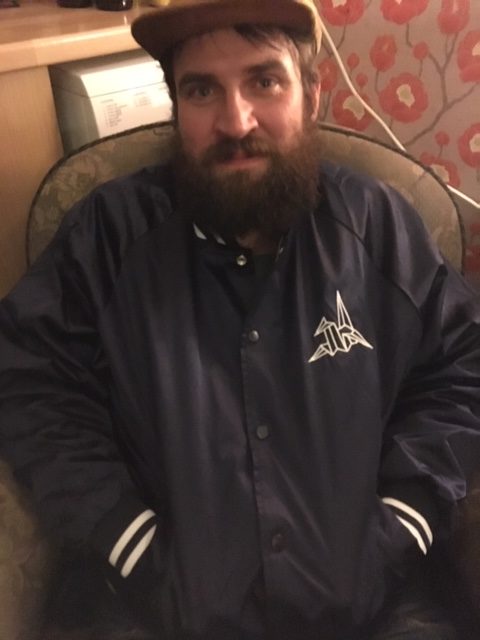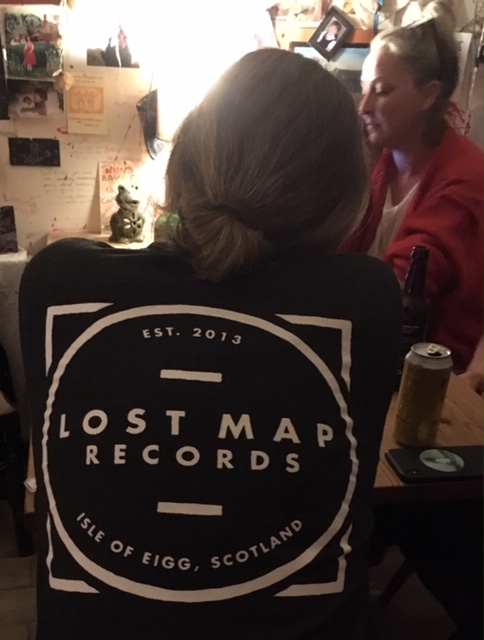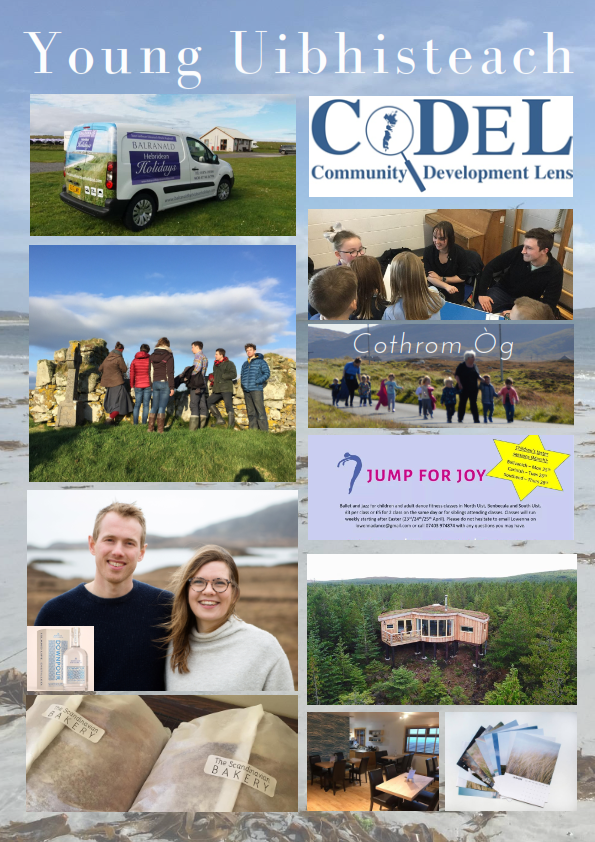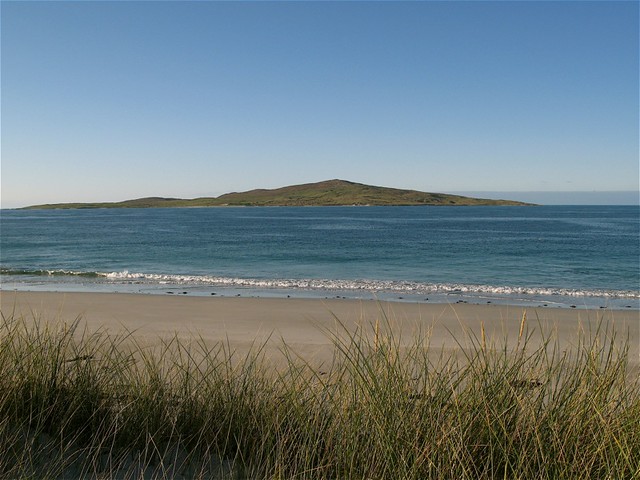Cameron Anson, Our Island Home
As the Our Island Home Development Officer, my role is to deliver Rural Housing Scotland’s work across the Scottish islands. Originally, this meant the Hebrides but it now takes me from Arran to Orkney.
As our name suggests, our focus is on housing in rural Scotland but the name of our island project helps explain a bit more about the ‘WHY’ of Rural Housing Scotland: Homes. Houses without inhabitants are meaningless. They are devoid of life. Life makes them a home and homes make our communities.
Living in the Isle of Mull, I have seen the positive impact that housing has had across the Sound in Iona and in the North West of Mull. Both the Iona and Ulva Ferry housing projects are great examples of how delivering housing should be used to meet a community need, not seen as a target to be met.
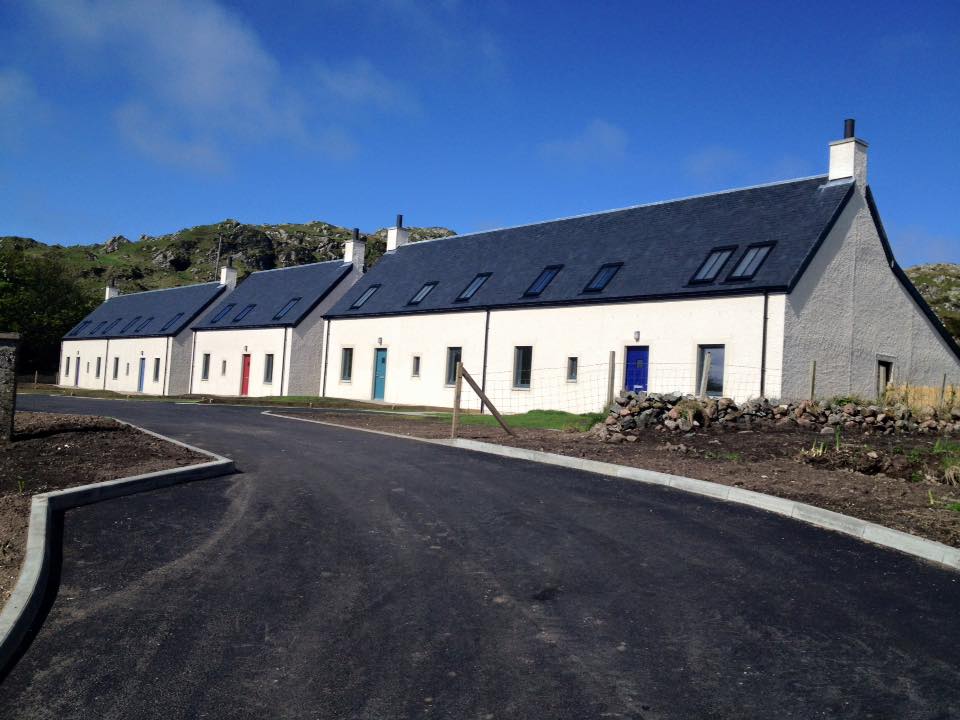
The Iona Housing Partnership, a sub-committee of Iona Community Council, was formed in 2003 following the growing demand for secure, permanent, good quality accommodation for residents in Iona. After a long fundraising campaign a site was purchased from the Church of Scotland in 2011. Following housing needs surveys, feasibility studies and community planning workshops to fundraising through BBQs, ceilidhs, ‘Buy-a-Brick’ andboat trips and then a huge boost when the council awarded a substantial investment grant, the build began in 2014.
Three two-bedroom and two three-bedroom units providing homes for families were delivered by West Highland Housing Association in 2016. This has resulted in the primary school role on Iona growing by such an extent that they have had to recruit extra staff and build a new pre-5 unit.
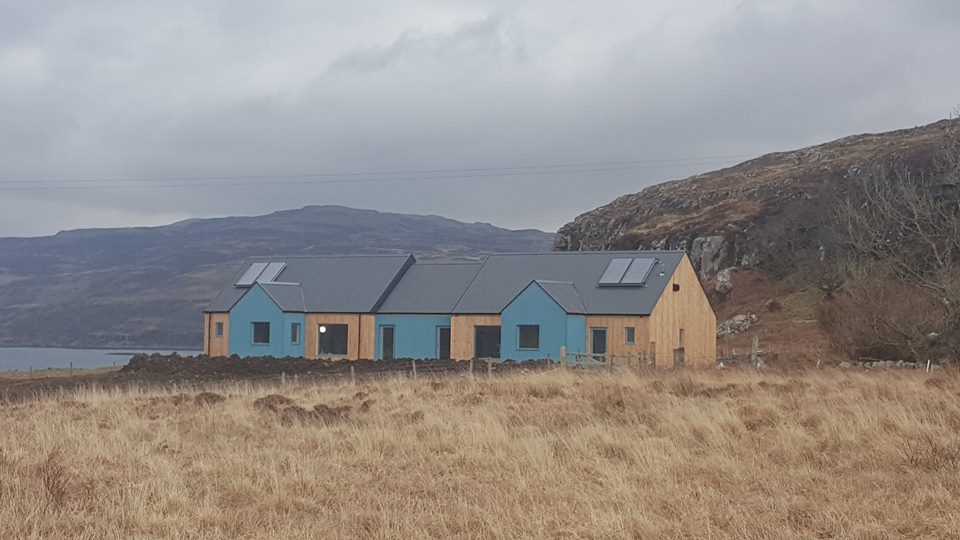
After the Ulva Ferry primary school was threatened with closure in 2010, Ulva School Community Association ran a successful campaign to sustain their area and keep the school open but it became clear that without addressing the root cause for the threatened closure – a lack of children – this issue would continue. The answer? Affordable housing to secure families.
Four years of hard work and fundraising later, this joint venture between the Ulva School Community Association and Mull and Iona Community Trust was fully funded. Two three-bedroom homes were built right next to the Primary School. Amazingly, thanks to local firm Thorne Wyness Architects’ low energy design, the heating bills are around £350 per YEAR.
The homes were officially opened in November 2017 and are now home to two families. Together,they have contributed 6 children to the local primary school role.
Creating the opportunity and security for young, working aged adults to set down roots and to build families has, perhaps unsurprisingly, led to growth. Either in overall population figures or in that working aged demographic that we often see leaving our islands.
Without those living in our communities, these projects would never have happened. Both communities had to argue again and again that they needed housing. In the end, both communities demonstrated the value of ‘lived experience’ over ‘big data’. The message is simple: Our communities know what they need. We need to trust them. And we need to support them.

